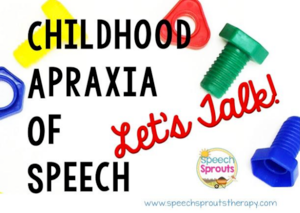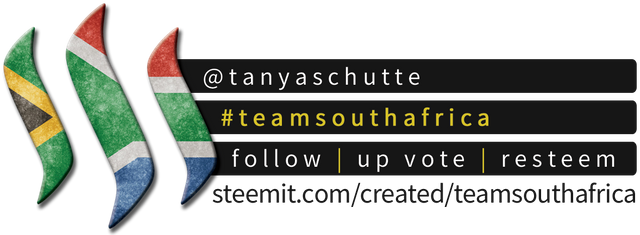Children with Special Needs: Childhood Apraxia of Speech
Today will be the second post in this series. We will be focusing on:
Childhood Apraxia of speech
What is apraxia?
Apraxia is classified as a neurological condition. This means that the individuals with apraxia find it very difficult to make certain motor movements even though their muscles are developed correctly. Apraxia is the severe form, where dyspraxia is the milder form.
Types of apraxia
Buccofacia/orofacial
This is the inability to carry out any facial movements on command. This includes licking lips, whistling, coughing or winking.
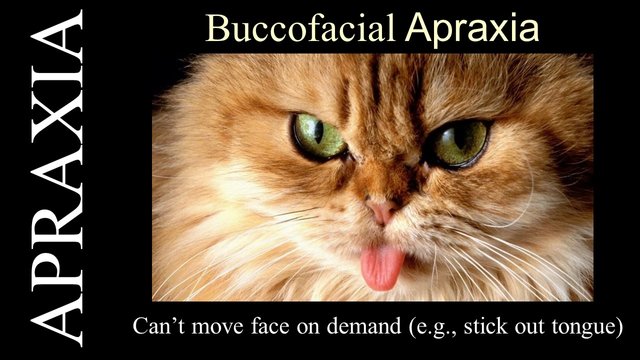
Image by biologicalpsych.com
Limb-kinetic apraxia
This is the inability to make fine, precise movements using their arm/arms/leg/legs.
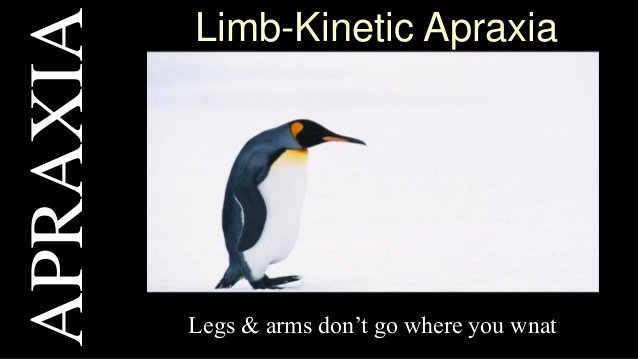
Imgae by Slidesharecdn.com
Ideomotor Apraxia
This is the inability to make proper movements when given a verbal command.
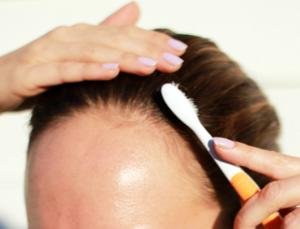
Image by medfriendly.com
Ideational Apraxia
This is the inability to coordinate activities with multiple, sequential movements. This includes dressing, eating, and bathing.
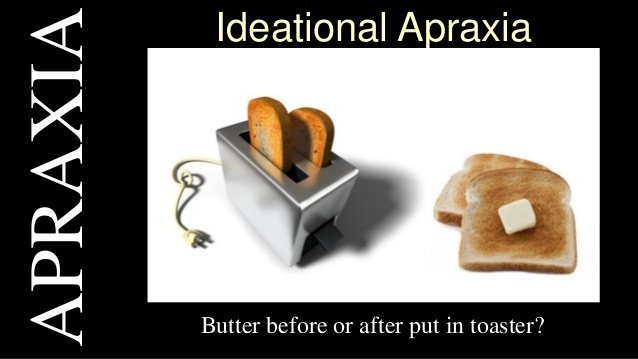
Image source slidesharecdn.com
Verbal Apraxia
This is the difficulty in coordinating mouth and speech movements.
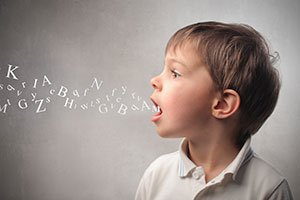
Image by the ASHA Leader
Constructional Apraxia
This is the inability to copy, draw or construct simple figures.

Image by Journal of Neurology, Neurosurgery and psychiatry
Oculomotor Apraxia
This is the difficulty in moving the eyes on command.
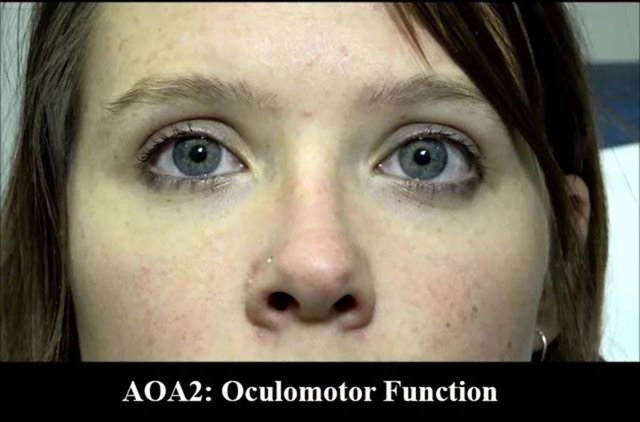
Imabe by Practical Neurology
Childhood apraxia of speech
Childhood apraxia of speech means that these children have problems saying sounds, syllables, and words. Their brains struggle to plan to move the body parts that is used to speak. To identify childhood apraxia of speech there are a few signs that we can look out for:
In a very young child
- The child doesn't coo or babble as an infant.
- When they do begin to speak it is very late and then they may be missing sounds.
- They are only able to say a few different consonants and vowels.
- They have a problem combining sounds and sometimes may show long pauses between sounds.
- They often simplify words by replacing the difficult sounds with easier sounds or they rather just delete the difficult sounds. (Most children do this, but take into consideration that a child with apraxia does this more often.
- They may exhibit problems with eating.
- In an older child
- They make inconsistent sound errors that are not the result of immaturity. Makes inconsistent sound errors that are not the result of immaturity
- They most likely understand the language better than speaking it.
- They experience a difficulty in imitating speech, but that also means that the imitated speech is more clear than the spontaneous speech.
- They may appear to be groping when they do attempt to produce sounds or to coordinate the lips, tongue, and jaw for any purposeful movement.
- They struggle to say longer words or phrases clearly than the shorter ones.
- When anxious they have more difficulty speaking.
- When an unfamiliar person listens to them they struggle to understand them.
- They make their sounds choppy, monotonous or even stresses the wrong syllable or word.
How to accommodate these children in our classes?
There is no set way to accommodate these children in classes since the severity of childhood apraxia can differ. Working together with speech therapist, occupational therapist a clear individual plan can be worked out for the learner. From the teacher's point of view, they can provide specific worksheets and resources that will help the learner with oral and written language as well as narrative skills.
